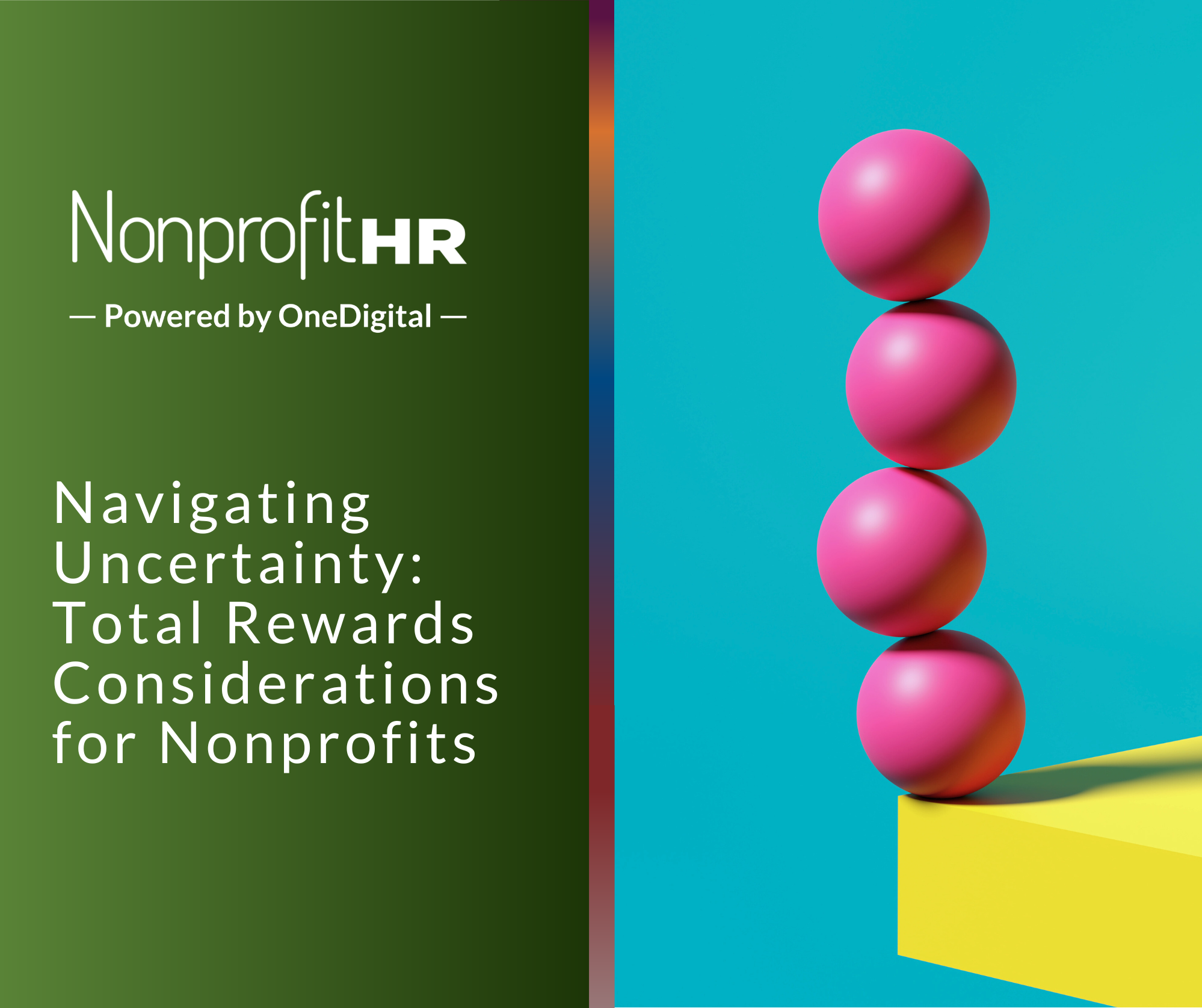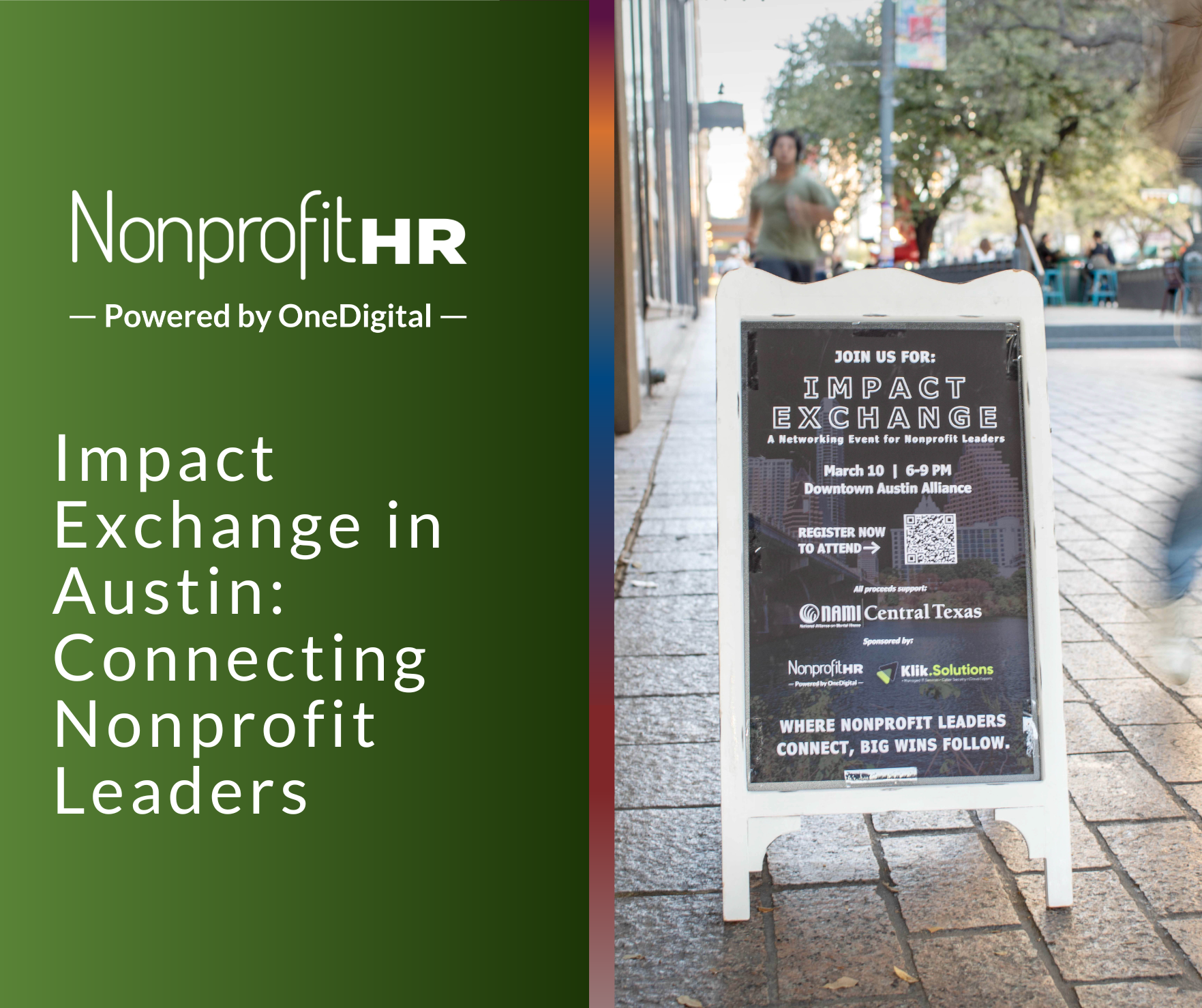WTOP: 5 ways nonprofits can…
Dr. William B. Sherwood, Vice President for Human Resources, The U.S. Fund for UNICEF
Just about the most critical question one can ask in an organization is: “What happens if the President/CEO can’t come to work tomorrow?”
Is there an explicit line of delegated authority or an obvious back-up leader such that “business as usual” can be conducted? If not, then there is a problem that needs immediate attention.
For several decades, there has been a formal and well-established practice of succession planning in place in most well run organizations in this country. The practice may be called Leadership Contingency Planning, Business Continuity Planning, or Talent Management. But, regardless of the term used to describe it, it was recognized that well-run institutions had a collective conscience that caused them to prepare for a worst case scenario that might easily occur if their top person (or any of the people in the most critical leadership positions) got sick, died, quit or got fired.
However, about a decade ago, the pattern started to change. RHR International reported that a “majority of [organizations] did a haphazard job of identifying and developing successors.” A survey of theirs found that half of the respondents were not ready and able to replace a key leader if faced with an unexpected vacancy.
A 2008 study by The Institute for Corporate Productivity found that it is still the case that less than half of the organizations surveyed had a formal succession plan in place, and only a third of those were confident that they could immediately fill a key leadership vacancy.
It may be interesting to examine why organizations have stopped planning for leadership succession, if they ever had done it previously. Maybe it had to do with cuts in staff or functions wherein succession planning had previously resided. Maybe it had to do with the ego of the president who is easily threatened by the identification of a strong replacement candidate who might try to usurp his/her authority before he/she was ready to let it go. Or, maybe the president was worried that the Board might perceive the number two person to be stronger than the number one person, so he/she sabotaged the candidate’s chances to shine. Or, maybe no one knew how to do succession planning, or those that did, were afraid or unable to assert the process because they didn’t have a “seat at the table.” Whatever the reason, the lack of identification of a backup for all critical leadership positions is unconscionable.
Anyone who has made a career move from the private sector to the nonprofit world knows that the nonprofit world is sometimes many years behind the corporate world when it comes to adopting management systems, policies, and practices. In many nonprofits, “corporate” is still a dirty word. And many programs are intentionally described in “code” so that sensitive staff won’t detect any trace of corporate lineage. Otherwise, they are doomed to failure and rejection.
A well-crafted succession planning program is usually the capstone of a well-developed talent management program. It is indeed ironic that some nonprofits are just now exploring talent management programs, at a time when many corporate structures are dismantling them due to funding and resource constraints.
There are many sophisticated talent management programs and tools that can be used to guide a succession planning process. The linking systems can include focus on selection, diversity, assessment, performance management, competency models, high potential identification, leadership development, career development, cross-training, mentoring, executive coaching, to name a few. Such systems need to have synergy with compensation, rewards, recognition, and other benefits such as a culture in which there is a balance between work and family/life. There also needs to be attention paid to the differences in Gen X and Gen Y employees to assure that they have an appetite and motivation to seek senior level positions, especially if they take on the form and substance they have traditionally required.
One need not be scared off by the potential magnitude of the factors identified in the previous paragraph. Succession planning has been known to be completed on the back of a napkin in an airport lounge. For those just beginning the process, it is wise to start with basic blocking and tackling, and just getting the names of internal back-up candidates inked onto the org chart next to the name of each current critical leadership position.
Nonprofits can make an art form out of the question of whether to look internally or externally. The dynamic of internal candidates versus candidates from another nonprofit is just the first layer of consideration. In the corporate world, it is commonplace, and even preferred, to pouch someone from the competition, and only a major leap of faith to hire someone from a different industry. In the nonprofit world, there are serious deliberations over whether to solely focus on nonprofit candidates, or should a search include candidates from government, or, God-forbid, the private sector. Many cases of painful and unsuccessful transitions through what can be a huge cultural divide support the validity of questioning from whence the next leader might come.
Regardless of the approach and sophistication of the process, any and every organization needs to plan for what happens when the throne is vacated tomorrow. To do otherwise, will surely result in more chaos and discomfort than if one had engaged in the process proactively.
Dr. William B. Sherwood is Vice President for Human Resources for The U.S. Fund for UNICEF. Dr. Sherwood is speaking at the 2013 Nonprofit HR Conference in the session Succession Planning: You Owe it to the Future of the Organization on Monday, October 21 at 3:45 PM.





























